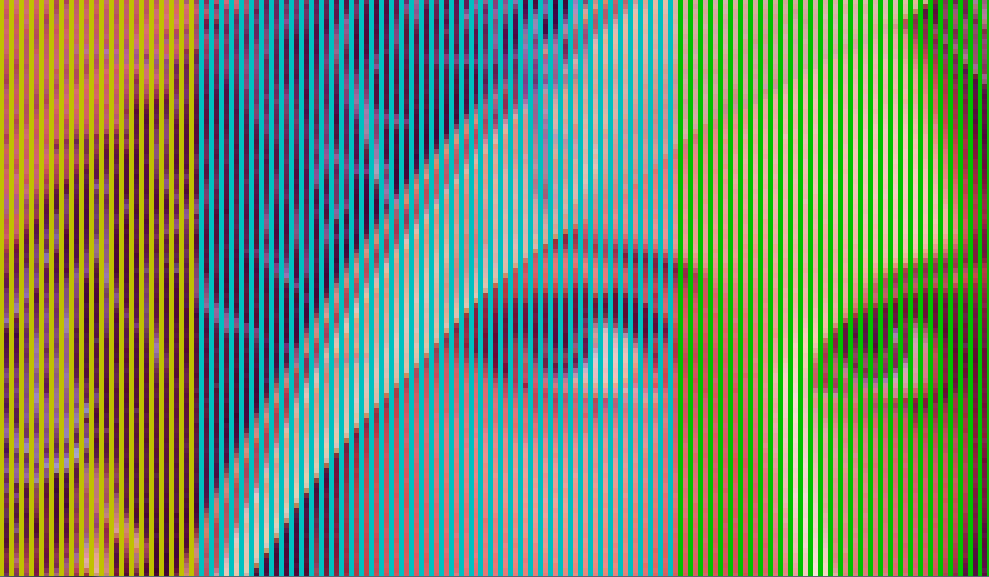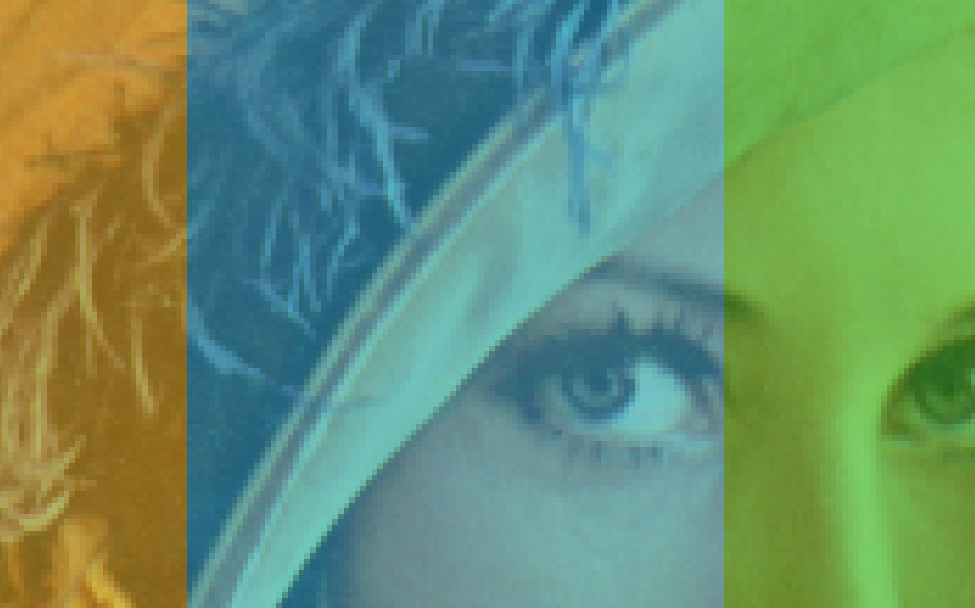| Line 2: | Line 2: | ||
<center>[[User:Green26|(alec green)]]</center> | <center>[[User:Green26|(alec green)]]</center> | ||
| − | Images implicitly demonstrating how humans vision system perceives different ways of interlacing two distinct images. | + | Images implicitly demonstrating how humans vision system perceives different ways of interlacing two distinct images. Note that 'complete' images are likely aliased due to your internet browser, so I posted a zoomed in version of each that hopefully isn't aliased too bad. You can observe this alias on the 'complete' images by zooming in and out with your browser (usually ctrl+mouse_scroll). OpenCV was used to access images at pixel level. |
---- | ---- | ||
Revision as of 14:07, 13 February 2013
Contents
Image Blending
Images implicitly demonstrating how humans vision system perceives different ways of interlacing two distinct images. Note that 'complete' images are likely aliased due to your internet browser, so I posted a zoomed in version of each that hopefully isn't aliased too bad. You can observe this alias on the 'complete' images by zooming in and out with your browser (usually ctrl+mouse_scroll). OpenCV was used to access images at pixel level.





